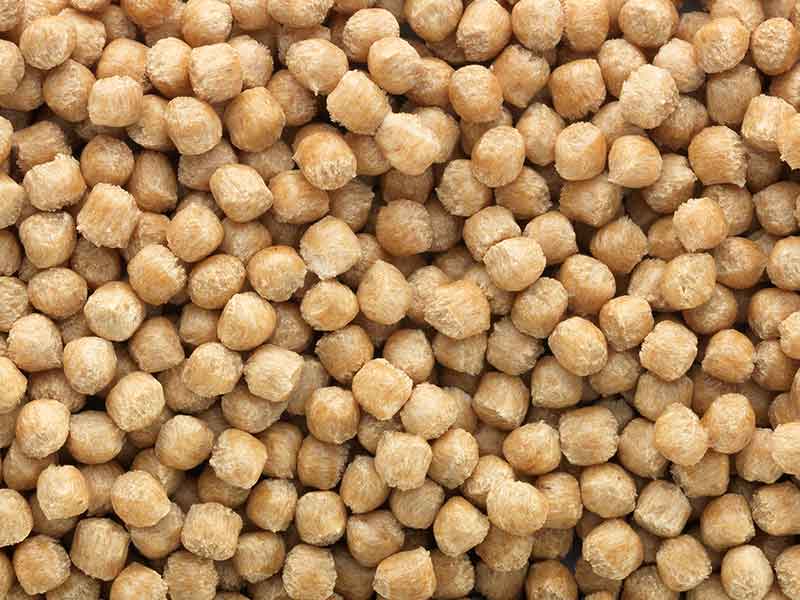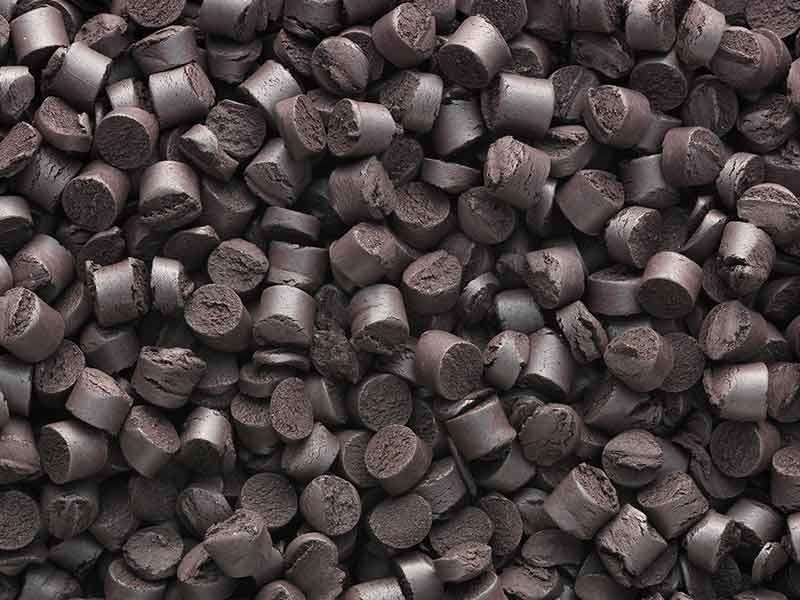Performance Compounds
The availability of advanced materials manufacturing processes opens up many supplementary and new opportunities in plastics production. These include for example metallocene-catalyzed polymerization reactions that allow the tailoring of property profiles with so-called polyolefin standard plastics, or the skilful combination of fillers and reinforcing agents for better mutual effect. This often allows their use in applications previously reserved for Engineering Plastics. Cost-efficient extended solutions can thus be found that are tailored to the respective requirements. The usually lower processing temperatures of these base polymers also enable optimized energy/mass balances and carbon footprints as well as easier recyclability. The clever use of compounding features significantly enhances freedom of design both for formulation and product development.



